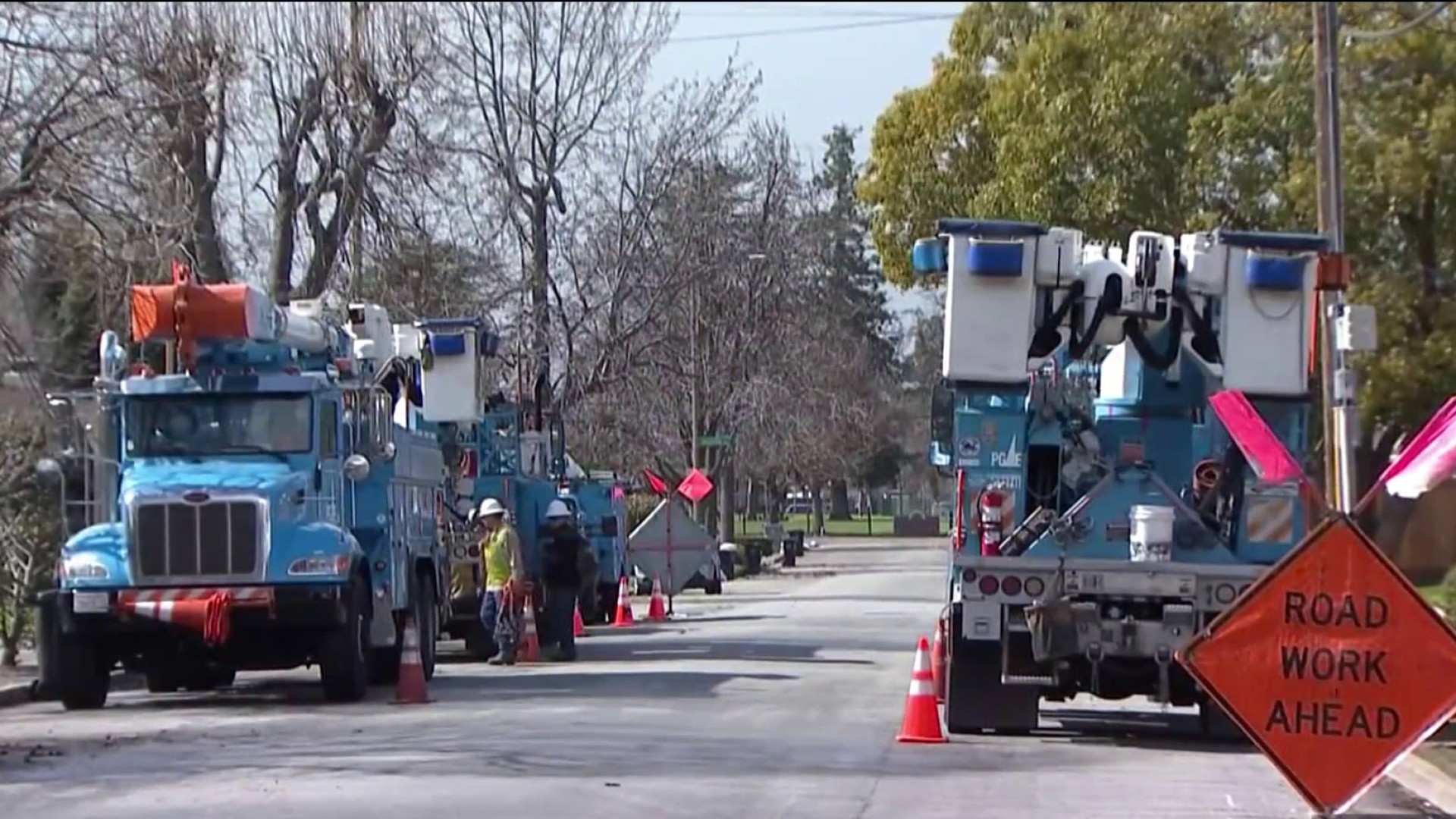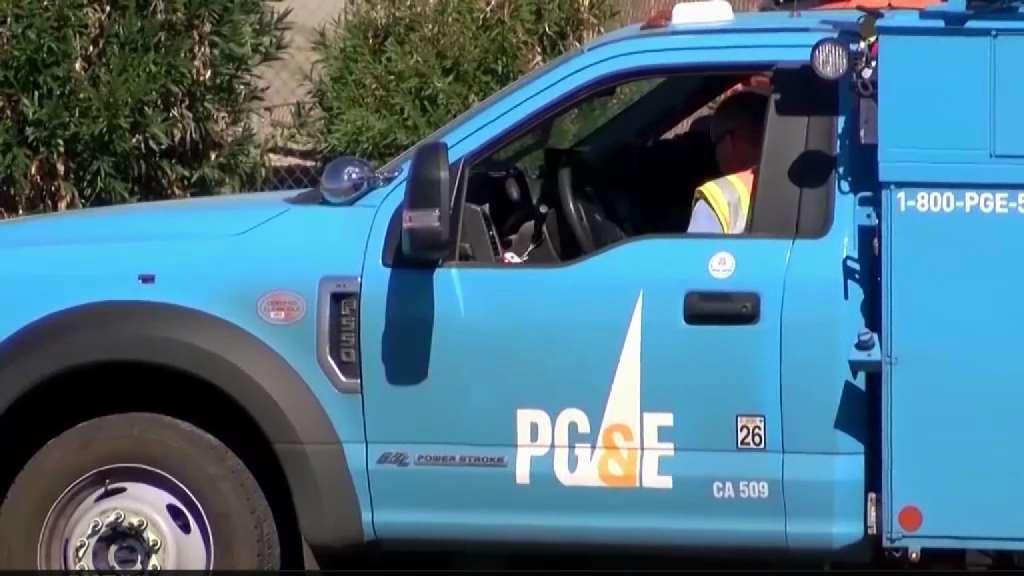With the hefty increase so far this year, PG&E’s rates are now approaching those of Hawaii, a state with the unfortunate distinction of having the most expensive power in the nation.
Hawaii has long paid the highest of any state for power – in part because as an island nation, oil must be shipped in from as far as Libya and Argentina. The cost to generate power accounts for about half the average 41 cents per kilowatt hour price Hawaiian customers pay, according to the U.S. Energy Information Administration.
“Hawaii has been held out as the entity with the highest rates in the United States,” said Mike Campbell, who tracks rates for the consumer watchdog arm of the California Public Utilities Commission. He says over the last five years, PG&E’s rates have nearly doubled in California.
After January’s rate hike, PG&E customers began paying on average 39.6 cents per kilowatt hour. The PG&E rate was 21 cents per kilowatt hour back in 2019, according to tracking data.
Get a weekly recap of the latest San Francisco Bay Area housing news. Sign up for NBC Bay Area’s Housing Deconstructed newsletter.
An average customer uses 500 kilowatt hours per month. One kilowatt hour is how much energy it takes to power 10 100-watt bulbs for an hour. With the rate increase this year, customers who paid $100 for power back in 2019 now pay nearly $200 for the same power.
“Bills have been going up at a pace far beyond inflation,” Campbell says. “And we're at a place now where PG&E rates are, unfortunately, approaching the levels they have in Hawaii.”
PG&E’s system in California has a network of dams, a nuclear plant, abundant solar and other resources to allow the utility to provide lower cost power through an interconnected multistate power grid. Campbell and other ratepayer advocates say our power should be much cheaper, so why do we now pay so much?
“PG&E rates are clearly insane right now,” says Matt Freedman, an attorney with the ratepayer advocacy group TURN. He says one reason is our rates pay for things other than the cost of producing power. His breakdown indicates ratepayers pay six cents per kilowatt hour for wildfire efforts – including undergrounding power lines -- six cents more to subsidize solar and two cents on top of that for low-income subsidies.
“Low-income customers in PG&E service territory are really facing a crisis of affordability,” Freedman says. “We saw 180,000 customers disconnected for nonpayment last year, and about a third of PG&E low-income customers are late in paying their bills right now.”
State regulators have proposed one way to make bills more affordable. It involves imposing an income-based monthly fee to account for fixed costs, while trimming rates per kilowatt hour as much as five cents. But not everyone is on board with the fixed fee approach.
“We're in a race for the highest rates in the nation, and that is an ignominious prize to win,” said Loretta Lynch, a former president of the CPUC. She says many customers don’t use enough power – even with the five-cent discount – to make up for the proposed standard $24 monthly fee.
While lower income customers would get a break on that fee, those who don’t qualify for that break would suffer, she says. “People who rent apartments, people who are in smaller units, people in urban areas where usually the footprint of the house is smaller are going to pay more, period,” Lynch said.
She noted that even the proposed 5-cent per hour discount wouldn’t have much impact given how much rates have gone up or could go up as part of scheduled rate increases. Lynch says the only long-term solution is for regulators to limit PG&E spending.
“I'm not as worried about beating Hawaii and becoming the most expensive state for electricity in the nation,” she said recently. “I'm worried about it continuing for the next 5 to 10 years at this rate.”
PG&E acknowledges the current rate structure isn’t fair to low-income ratepayers. It had sought a standard $75 monthly fixed fee, with a break for low income customers, along with greater per usage hour discounts. Any change to the rate structure, the utility says, will take time.
As for rates, PG&E says while they will go up about $50 a month this year, it expects some relief in 2025 and 2026. The rate hikes set for this year will help pay to bury more than 1,200 miles of power lines and make other wildfire related and system repair investments, according to the energy company. The relief it expects starting next year will be through cost-cutting efficiencies it’s put in place while cutting wildfire risk by 94 percent, it says.
“We are working hard to have average bills decrease in 2025 and 2026 compared to this year—even as these investments continue to pay off in greater safety and reliability for our customers,” the company says.
The CPUC is set to consider the rate change proposal as soon as next month.



